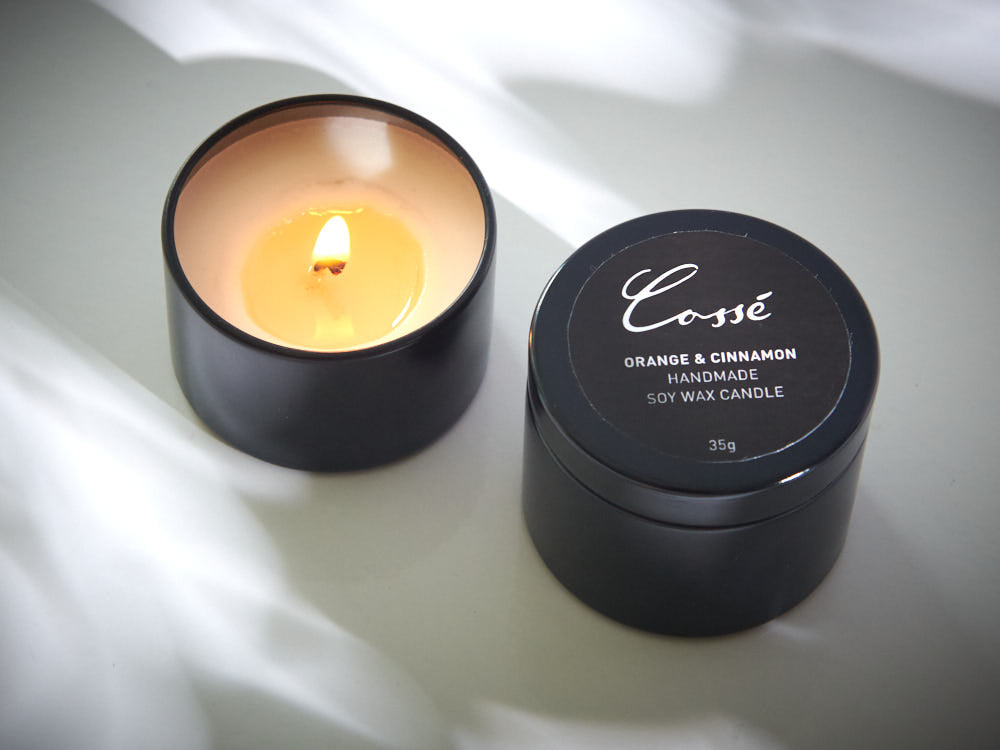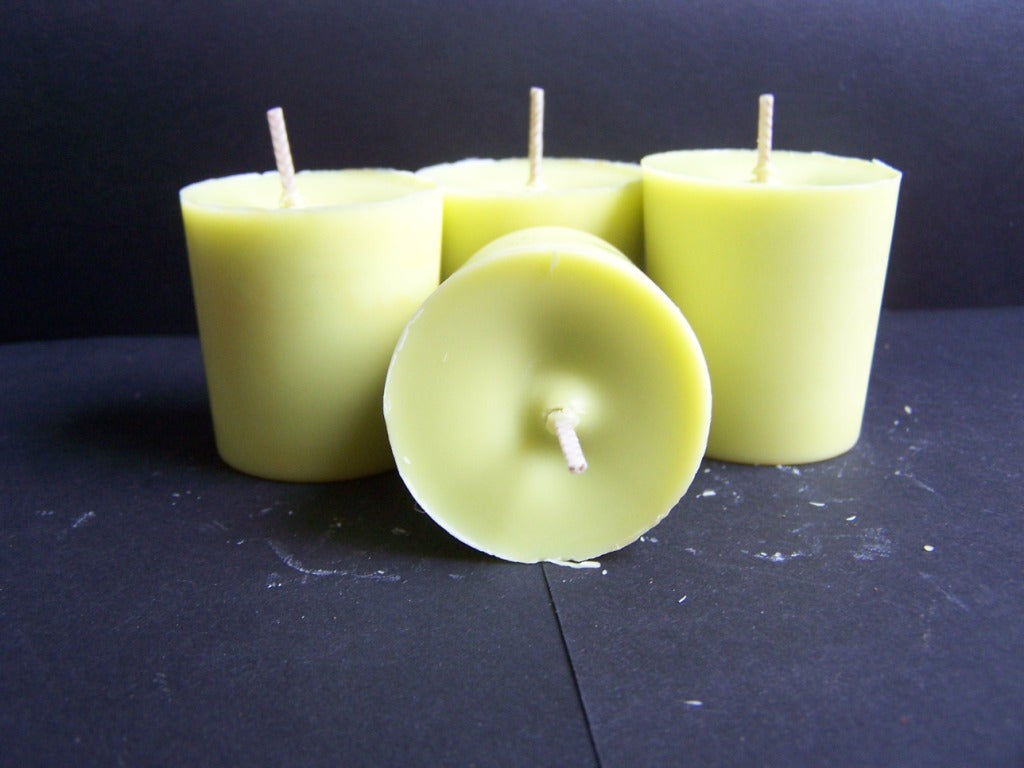From Wick to Wax: Comprehending the Chemistry Behind Soy Wax Candles and Their Environmental Effect
As we illuminate our spaces with the cozy radiance of candles, there lies a world of complex chemistry behind the seemingly straightforward act of lighting a soy wax candle light. The choice between soy and paraffin wax expands past simple visual appeals, diving into the realm of ecological impact and the really composition of the products. Understanding the molecular structure of soy wax and its burning process sheds light on the exhausts released into our environments. Join us as we decipher the clinical intricacies behind soy wax candles and discover their implications on our atmosphere.
Soy Wax Vs. Paraffin Wax
When contrasting soy wax and paraffin wax for candle light production, it is crucial to recognize the distinct features and advantages of each product. Soy wax is an all-natural, renewable energy stemmed from soybean oil, making it green and naturally degradable - soy candles. In comparison, paraffin wax is a by-product of oil refining, which raises concerns regarding its ecological impact and sustainability
Soy wax candles burn cleaner and produce much less residue compared to paraffin wax candle lights, making them a healthier selection for indoor air top quality. Additionally, soy wax has a lower melting point, allowing for a longer-lasting candle light that distributes scent better. Paraffin wax, on the other hand, tends to melt faster and much less cleanly, potentially launching dangerous chemicals right into the air.
From a sustainability perspective, soy wax is favored for its biodegradability and renewable sourcing, lining up with the expanding consumer preference for ecologically conscious items. While paraffin wax has been a standard option in candle light making due to its price and simplicity of use, the shift in the direction of green options like soy wax is getting energy in the market.
Chemical Structure of Soy Wax

Combustion Process in Soy Candles
The chemical make-up of soy wax straight influences the burning procedure in soy candles, impacting elements such as burn time, scent launch, and ecological effect. When a soy candle is lit, the warm from the fire melts the wax near the wick.
The combustion effectiveness of soy candle lights is influenced by the pureness of the soy wax and the top quality of the wick. Furthermore, soy wax candle lights have imp source a reduced ecological impact contrasted to paraffin candle lights due to their renewable and naturally degradable nature.

Ecological Benefits of Soy Wax

Thought about a sustainable alternative to standard paraffin wax, soy wax uses remarkable ecological advantages that make it a preferred selection amongst eco-conscious customers. One considerable benefit of soy wax is its renewable sourcing. Soy wax is originated from soybean oil, which is predominantly cultivated in the United States. The cultivation of soybeans aids sustain regional farmers and minimizes the dependence on non-renewable nonrenewable fuel sources made use of in paraffin wax production. Additionally, soy wax is naturally degradable, suggesting it damages down naturally without releasing hazardous contaminants right into the atmosphere. This characteristic makes soy wax candles an extra eco-friendly option contrasted to paraffin wax candles, which are made from petroleum, a non-renewable source. Soy wax burns cleaner and generates much less soot than paraffin wax, contributing to better interior air high quality and decreasing the demand for cleansing and upkeep. In general, the ecological advantages of soy wax line up with the expanding demand for lasting and environmentally friendly products on the market.
Recycling and Disposal Considerations
Reusing and proper disposal of soy wax candles play a critical role in maintaining environmental sustainability and decreasing waste in neighborhoods and families. When it comes to reusing soy wax candles, the very first step is to make sure that the candle light has shed totally.

In terms of disposal, if recycling is not an option, soy wax candle lights are biodegradable and can be safely thrown away in the majority of household waste systems. It is always recommended to inspect with local reusing centers or waste management solutions for certain standards on candle disposal to ensure appropriate handling and ecological security.
Verdict
To conclude, the chemistry behind soy wax candle lights reveals their ecological advantages over paraffin wax candle lights. Soy wax, obtained from soybean oil, burns cleaner and generates much less soot when contrasted to paraffin wax. The combustion procedure in soy candle lights is extra reliable, causing a longer and a lot more even shed. Furthermore, soy wax is eco-friendly and biodegradable, making it an extra lasting my site selection for candle manufacturing. Reusing and correct disposal of soy wax candle lights further contribute to their ecological impact.
When comparing soy wax and paraffin wax for candle light making, it is essential to comprehend the distinctive attributes and benefits of each product (crystal soy candles).Soy wax candle lights burn cleaner and send out less residue contrasted to paraffin wax candle lights, making them a healthier option for interior air quality.Thought about a lasting choice to traditional paraffin wax, soy wax offers significant ecological this hyperlink advantages that make it a preferred choice among eco-conscious customers. Soy wax burns cleaner and generates much less residue than paraffin wax, contributing to far better interior air quality and decreasing the requirement for cleansing and maintenance.In verdict, the chemistry behind soy wax candle lights reveals their environmental benefits over paraffin wax candles